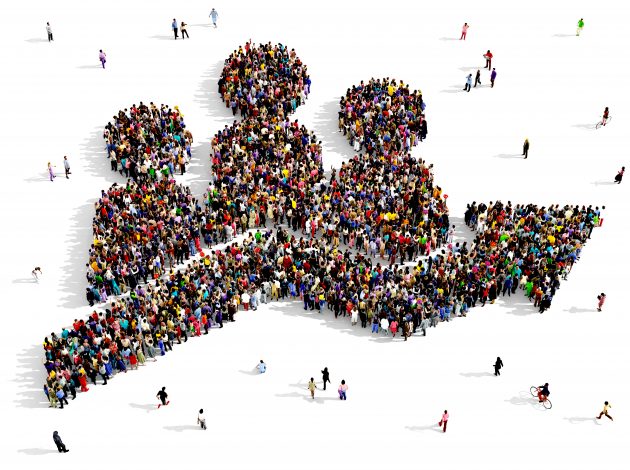From finishing studies to entering the workforce, from getting married to earning the most money – everyone’s journey through adulthood is different. However, we can use a range of data to explore when key events in life are most likely to happen. Rich Pereira looks at how these milestones of adulthood have changed over the past decade and how society is shifting.
In England and Wales, people are doing many things later in life; like leaving their parent’s home, getting married, and retiring. But not everything has changed. Most people still enter the workforce at 23-24 years old and make the most money in their 30s to 50s.
It’s more surprising, perhaps, given rising property prices, that in 2022 half of adults in the UK were on the property ladder by the age of 36, around the same as in 2012. However, financing a first purchase has changed. In 2021, 80% more first-time buyers in England had help from friends and relatives compared with 20 years ago.
By bringing together all this data in our recent work, we’ve been able to provide a timeline of our journey through adulthood and how it is changing in the 2020s.
This is important to inform decision makers who are concerned with social mobility, individual and social financial situations, housing and social care requirements in the future – all of which are particularly relevant in the current political context. All government departments will be keen to understand the changes shown in our article.
Doing things later in life
Not so long ago, young people finished school at 18 (often 16), got a job and moved out of their parent’s home in fairly quick order. Times really have changed. Young adults today are moving out of home later. Half of young people in England and Wales had moved out of their parent’s home by age 24 in 2021, up from age 21 in 2011.
If times are changing, then so are traditions. Long gone are the days of most people living apart before marriage. The number of couples in England and Wales aged 25 to 29 who were living together but not married or in a civil partnership rose from 56% in 2011 to 72% in 2021.
The average age at which women in England and Wales have their first babies has been steadily increasing since the 1970s. In 1970 the average age that women had their first baby was 23. In 2020, it was 29.
A female, male divide
The trends might be the same, but interestingly the age and extent to which we’re doing things is different depending on whether you’re male or female.
For instance, more men live with their parents than women; 61% of adults living with their parents at the time of Census 2021 were men.
More women than men have gone to university since the late 1990s, and this gender gap has generally been getting wider over time. This may explain why women tend to enter full-time work later. In 2022, 130 women were accepted to study at UK universities for every 100 men. Despite this, women’s hourly wage is lower than men’s at all ages over 20 years in the UK.
It’s not all bad news, however. The gender pay gap is decreasing. Women earned 85.7p for every £1 men made in 2023 (average for all UK employees) up from 80.2p in 2013.
But there are some areas where the pressure on women is far greater. More women than men provide unpaid care in England and Wales, with 12% of women aged 16 and over providing unpaid care compared with 8% of men. Women across the UK also spend more time doing unpaid housework whilst men spend more time doing paid work.
Why is all this important?
Nothing is certain in life – except, as the saying goes, you’ll pay taxes and one day you’ll die. But how you get there, the life you lead, when you reach certain milestones not only shapes who you are as a person, but shapes how we live as a society.
Our role in ONS Demography, and across the Office for National Statistics as a whole, is to provide data and insights on what matters most as we journey through life from the cradle to the grave.
Providing a timeline of when these life events typically happen gives decision-makers the opportunity to put in place policies to make changes if they are needed or deemed necessary.
In the coming months we’re planning more work looking at the impact of fertility rates on the population, the role migrants play in society and projecting what the future size and structure of the population might look like. All important areas we need to understand to best plan for the future.
Rich Pereira is the Deputy Director for Demography
